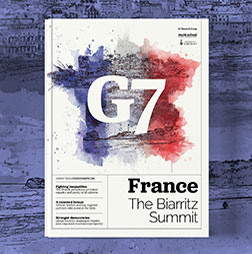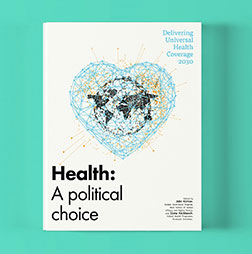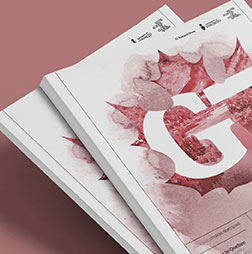Trade policy: Time for candid conversations
If you have read these G7 background books before, you know the routine: pick a hot topic, urge leaders to cooperate and hope it lands. These well-meaning nudges can matter – especially among countries that share so much. Back in US president Donald Trump’s first term, I looked for common ground on trade. It was tough, but doable. This time? With US trade policy veering sharply since January 2025, that playbook is out the window.
At first, I was tempted to discuss the G7’s work on economic security. That has picked up in recent years, but little additional information has been released since the last G7 presidency in Italy in 2024. Fundamentally, however, these days the gravest source of economic security to many G7 members might be another G7 member! After all, the Canadian host has just been through an election overshadowed by existential threats to the country’s existence. The all-too-convenient formulation whereby G7 members unite against some looming external threat (code for China) does not seem credible in 2025. In fact, in 12 months’ time the distance between Beijing and several G7 capitals on trade policy matters may have narrowed considerably.
Relationships redefined
Lest anyone have any doubt, the words of this year’s host make the situation plain. After winning the Canadian election on 28 April, Prime Minister Mark Carney was quoted in the New York Times saying “Our old relationship with the United States, a relationship based on steadily increasing integration, is over. The system of open global trade anchored by the United States, a system that Canada has relied on since the Second World War, a system that, while not perfect, has helped deliver prosperity for a country for decades, is over.”
My proposal is very simple: behind closed doors – and with no expectation of coming to agreement – G7 leaders should address the trade policy elephant in the room. That is the unprecedented bout of trade policy unilateralism by the current US administration that violates many of the principles of the multilateral trading system. This is not an opportunity for the six to beat up on the one – the appalling photo of President Trump at the 2018 Quebec summit surrounded by other G7 leaders, which looked like German chancellor Angela Merkel was hectoring him, is indelibly etched at the back of the mind. This time no photographers, please.
G7 leaders should take the opportunity to recount what is at stake for the United States:
President Trump may not like the current levels of US exports to the rest of the G7, but the $659 billion of goods shipped in 2024 could be much lower going forward – and will be if retaliation is triggered or the world economy goes into a recession.
The total value of US services exports with the rest of the G7 is now over $311 billion. That is not peanuts.
American businesses own over 11,000 majority-owned affiliates in the rest of the G7 that together have sales revenues of $2.7 trillion and make $262 billion in net income (profit).
Three million of the 4.25 million employees that US firms employ in subsidiaries abroad are not in manufacturing – almost all are in the services sector.
The direct approach
Diplomats are paid to come up with artful ways for their government leaders to deliver these facts, which, of course, may be seen as implied threats. Perhaps, most importantly of all, the rest of the G7 members could make it clear that they will not be played off against each other. Buying more Boeing aeroplanes at the expense of Airbus, for example, is a non-starter. The rest of the G7 could signal that they are willing to help Washington climb down the tree as elegantly as possible.
The G7 was born in crisis – its first meeting was held over 50 years ago in the shadow of the 1973 oil shock. Crisis is not new to this group; it is in its DNA. In moments like these,
sugar-coating does no one any favours. As Proverbs reminds us, “As iron sharpens iron, so one friend sharpens another.” Now is the time for candour behind closed doors – no press, no posturing – just a hard conversation among friends about what is at stake.












